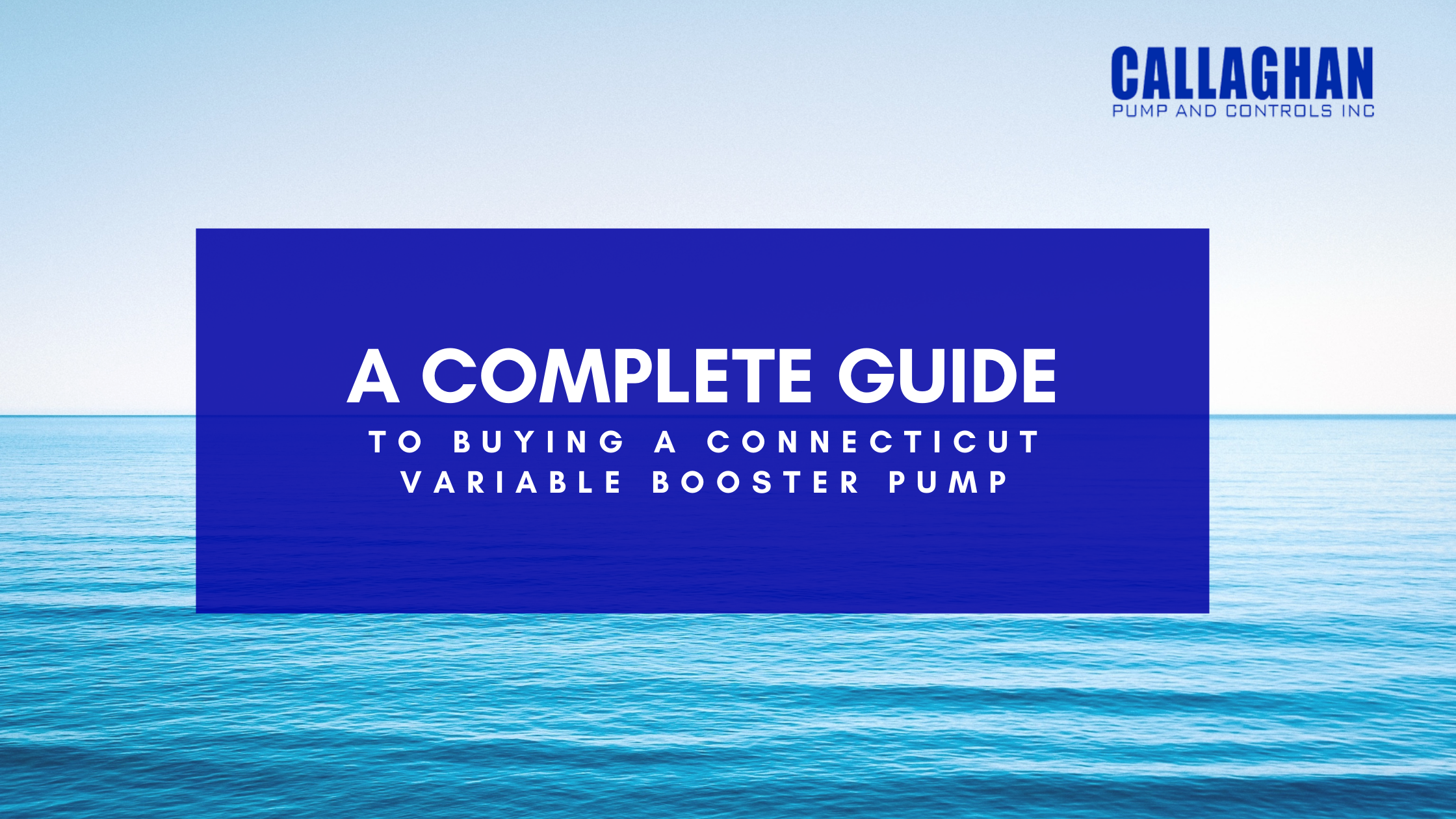
November 8th, 2021
Low water pressure is frustrating, especially when you are in a hurry. Just imagine how long it would take to complete a shower if you have low water pressure in your home. However, buying the best water pressure booster pump can help you eliminate low water pressure problems.
If you want to ensure optimal water pressure in your house/office, you should invest in a high-quality Connecticut water booster pump. Here is a comprehensive guide to help you understand the need, use, operation, and maintenance of water booster pumps. Stick with us till the end to learn everything.
Water boosters are often overlooked by homeowners who face low water pressure in their households. For instance, water distribution in high-rise buildings is irregular due to gravity. Top floors experience low water pressure and require water boosting systems to meet their household needs. To simplify the task, you can install one of the best Connecticut water booster pumps.
A water booster pump is a type of centrifugal pump that uses one or more impellers to deliver the water to the desired location. By connecting it to your plumbing system, you can detect when water pressure is low and then automatically boost it according to your needs. They are typically installed at the point where your municipal water line enters your building. So when the pressure drops in the pipeline, the pump draws water from the main supply and automatically boosts it into the building. Such pumps are commonly set to run at 30-50 PSI and consist of a motor, pressure tank, and controller.
Here’s how to ensure you need a Connecticut water booster pump: if you frequently experience low water pressure problems while using faucets, shower heads, or other appliances, you need to install a booster pump to increase the water pressure. However, it is important to understand why your home has low water pressure. Is it due to gravity or municipal water supply? Make sure it isn’t related to any plumbing issue, such as clogged pipelines, rust, leakage, or blockage.
Mechanically, water booster pumps are fairly simple devices. They have an inlet where water enters the pump and an outlet where water exits the pump. For instance, when you install a water booster pump between your storage tank and your house, the pump will make use of a set of impellers to enhance the pressure of the water moving through your household. To clearly understand how water booster pumps actually work, here’s a step-by-step guide:
Booster pumps come in various sizes and designs, depending on the brand and purpose. They have four important features that you should be aware of when making a decision to purchase. These features include:
Flow rate is a key feature of water booster pumps. It is the maximum amount of water leaving the pump every minute. For instance, Connecticut Water Booster Pumps can increase the flow rate to 12 liters per minute even if the incoming flow rate is just 3 liters per minute.
Bar rating is the pressure at which the water is released from the pump. For instance, Connecticut Water Booster Pumps have a 1.5 bar rating. If you have a large project of a considerable size, then you probably need a more powerful water booster pump.
Most water booster pumps are available in either positive or negative types that determine how the boosting system will be activated. For instance, a positive water booster pump is activated by gravity, and a negative pump is activated by a drop in the water pressure between the pump and the device.
As you know, water booster pumps are operated by an impeller system. Most modern systems generally include single or multiple impellers. The more impellers you have, the more powerful the boosting capacity becomes.
When you are sizing a water booster pump, it is crucial to measure your current water pressure. If you want to boost water pressure from 25 PSI to 40 PSI, you will need a water booster pump capable of producing 15 PSI water pressure. To convert PSI to feet of head, you can multiply the value by 2.31.
Once you’ve determined the performance requirements of your booster pump, you are now ready to choose the best pump for your application. Consider where the booster pump will be located so that its configurations and features remain accessible. Also, don’t skip required maintenance and warranty options if you want to make the best decision.
How long do water pressure boosters last? The answer to this question depends on the brand, type, and overall maintenance of the pump. Normally, a good-quality water booster pump lasts around 6-8 years, but this varies depending on how you maintain your pump. To keep your water booster pump healthy for years:
Connecticut Water Booster Pumps are helpful, cost-efficient, and time-saving – the perfect pumping solution to your daily routine. So think properly before choosing the best water pressure booster pump for your needs. If you need more information, our team is here to help you understand the most critical aspects of your water-boosting project.
Get in touch with us to meet your pumping needs.
john@callaghanpump.com,
eileen@callaghanpump.com,
dan@callaghanpump.com,
sales@callaghanpump.com,
service@callaghanpump.com












